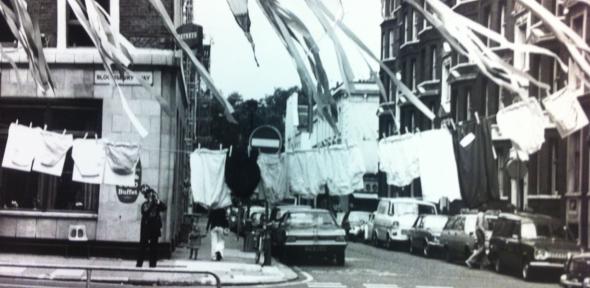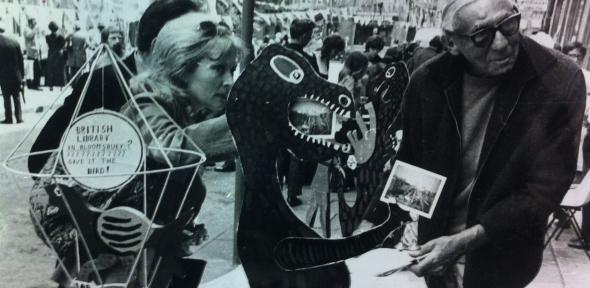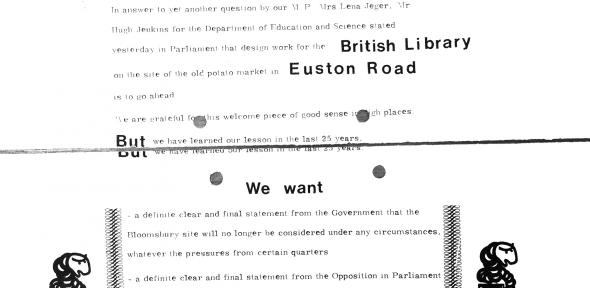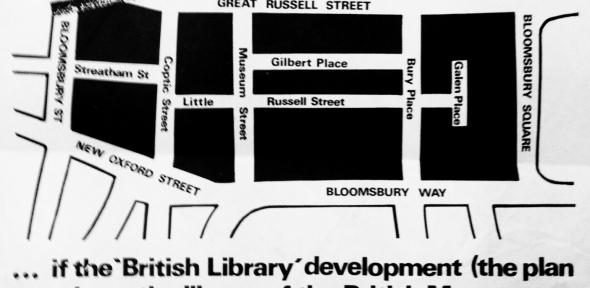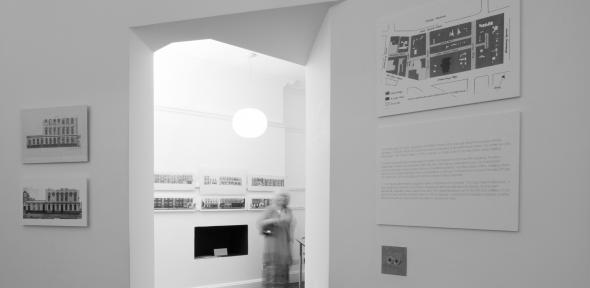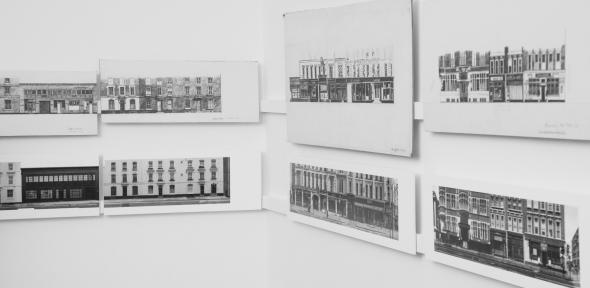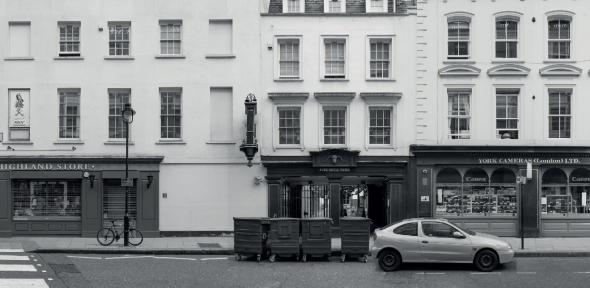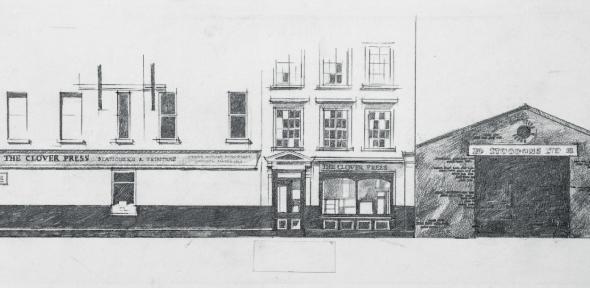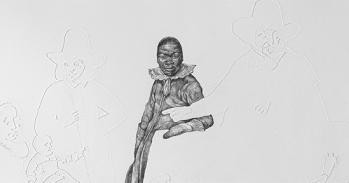
The story of how ‘one of the last villages in London’ was saved from demolition to make way for the British Library is the subject of new research and an exhibition which opened in Bloomsbury this week.
The story of how ‘one of the last villages in London’ was saved from demolition to make way for the British Library is the subject of new research and an exhibition which opened in Bloomsbury this week.
This area of Bloomsbury came so close to being completely destroyed.
Janet Hall
‘A Case Against Destruction, A Case for Celebration’ looks at how the people of Bloomsbury drew, wrote and celebrated their way out of plans to demolish a seven-acre site that was home to more than 600 people – and reflects on how a community’s resolve 40 years ago might influence planning policy and protest today.
Using original 1970s illustrations by artist Albany Wiseman, as well as contemporary photographs of the streets saved from the wrecking ball, the exhibition reveals how the area has changed – and remained the same – in the intervening decades.
Exhibition curator Janet Hall, an MPhil student of Architecture and Urban Design at Cambridge, said: “This area of Bloomsbury came so close to being completely destroyed; it was only the combined efforts of a community of local people, artists, friends, neighbours and councillors that saved it from almost certain destruction.
“Feasibility studies had been carried out, and full plans were drawn up. Had the Bloomsbury plans gone ahead, historic buildings including residences belonging to the Peabody Trust – one of the earliest housing associations in the capital – would have been lost for good.”
Despite fierce local opposition from councillors, including future Health Secretary Frank Dobson, Bloomsbury was the preferred choice of Edward Heath’s Conservative government and Whitehall mandarins who wanted to site the new British Library opposite the British Museum - in the face of strong evidence that such proximity was wholly unnecessary for the vast majority of future British Library users and researchers.
Eventually, after a long and vocal campaign against the demolition of Bloomsbury’s historic buildings, the Heath government bowed to local pressure and chose to site the new British Library building on derelict land and railway sidings – at its current home in St Pancras.
Today, the word protest is often associated with various forms of violence or disorder, but during the 1970s the community in Bloomsbury understood it in a different light. In response to the plans made for the demolition, the Bloomsbury Association was formed. The association’s first chair George Wagner wrote multitudes of letters to various newspapers, the British Museum, national libraries, councillors and members of government on behalf of the association. Local residents organised concerts, created a local mascot ‘BuBu’, hung out their Bloomsbury Bloomers, and began the annual summer Bloomsbury Fair which happens to this day.
These were acts of fun, creativity and friendship. Although people were disappointed about what was happening to their home, they took positive actions throughout their protest and even in their victory continued hoping and planning the future of this area through the Bloomsbury Association planning sub-committee.
Hall believes there is an increasing importance in understanding this type of community engagement in terms of planning and suggests looking at the past in this way illuminates the risks that face London and other areas of the country today. The proposition of siting the British Library in this area brought about many in-depth studies both for and against the plans, and it is these records, this detail of information, that lets researchers see what was protected, how it was protected and what this enabled.
“There are too few occasions within urbanism that a community’s actions have led to a better architectural/urban solution,” said Hall. “The situation in Bloomsbury is particularly unusual because the solution found was not the alteration of a proposed project but its total relocation and total conservation of an area. The public influenced to a lesser extent the architectural scale, but more significantly affected decision making on a wider-urban scale from their local level – an ambition laid out by the 2011 Localism Act.”
The exhibition ‘A Case Against Destruction, A Case for Celebration’ can be seen at 1 Pied Bull Yard, WC1A 2JR between 1-6pm on weekdays until July 27. Admission free.
The text in this work is licensed under a Creative Commons Licence. If you use this content on your site please link back to this page. For image rights, please see the credits associated with each individual image.

